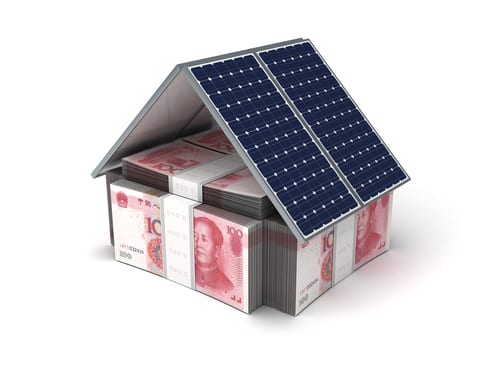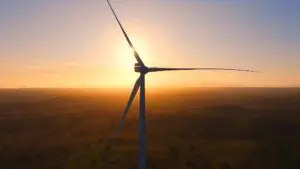 ACIL Allen, the modellers hired by Tony Abbott’s review of the renewable energy target, is assuming that Australian households will invest $30 billion of their own money in rooftop solar in the coming decades, even if the government brings large scale renewable energy investment to a crashing halt.
ACIL Allen, the modellers hired by Tony Abbott’s review of the renewable energy target, is assuming that Australian households will invest $30 billion of their own money in rooftop solar in the coming decades, even if the government brings large scale renewable energy investment to a crashing halt.
The modelling conducted by ACIL Allen shows that whatever decision the government makes – halting the target immediately, halving it, and/or removing the small scale incentives, the installation of rooftop solar out to 2040 remains about the same – some 14GW of solar modules worth $30 billion.
This table reveals a little about their thinking – the tables are now publicly available here.
And here it is in terms of capacity …
 It is interesting to note that ACIL Allen suggest that the uptake of rooftop solar will be more if the RET schemes are brought to a halt. That’s because without large scale renewables, customers will pay higher electricity bills. ACIL Allen suggests this will increase the uptake of rooftop solar.
It is interesting to note that ACIL Allen suggest that the uptake of rooftop solar will be more if the RET schemes are brought to a halt. That’s because without large scale renewables, customers will pay higher electricity bills. ACIL Allen suggests this will increase the uptake of rooftop solar.
Australian households have already shouldered the bulk of investment in Australia’s clean energy technologies, accounting for two thirds of the $18 billion so far invested in wind farms and rooftop solar.
According to two of the scenarios modelled by ACIL Allen, households will account for all of the investment in clean technology between now and 2040. Under the repeal and the quick closure scenarios, no wind farms and only a little utility scale PV is built.
Even in the reference case – leaving the target at its current 41,000GWh target, the modellers expect household investment to account for nearly half of all clean energy spending.
As we pointed out yesterday, the modelling by ACIL Allen concluded that the two main reasons espoused by the Abbott government against the RET – that it would lead to higher costs and would be impossible to meet – are absolute rubbish.
Ominously, and as we suggested, Abbott’s own press spokesman chose instead of focus on the “caveats” expressed by the modellers. This does not augur well for a good result for the industry.
Instead, the modellers chose to focus on what it describes as a “transfer of wealth” from coal and gas generators to the public. In layman terms, it simply means that the fossil fuel industry gets less revenue, and the consumers get cheaper bills.
The other major complaint of the fossil fuel industry is that its current capacity will be sidelined. This graph from ACIL Allen shows that should the RET be repealed or diluted, there will be a lot more coal generation, and much of the mothballed capacity will come back into service. Hooray!
Extraordinarily, the modellers also anticipate new fossil fuel capacity to be built from 2025 on – even under the current RET target – with coal coming online in following years.
This, given the climate change requirements, and technology cost forecasts for wind and solar, the emergence of battery storage and home management systems, as well as solar thermal plus storage at utility scale, not to mention the fuel cost of coal and gas, and the financing risk attached to that, seems an extraordinary prediction. Proof, it seems, that so many can simply not let go of coal.











